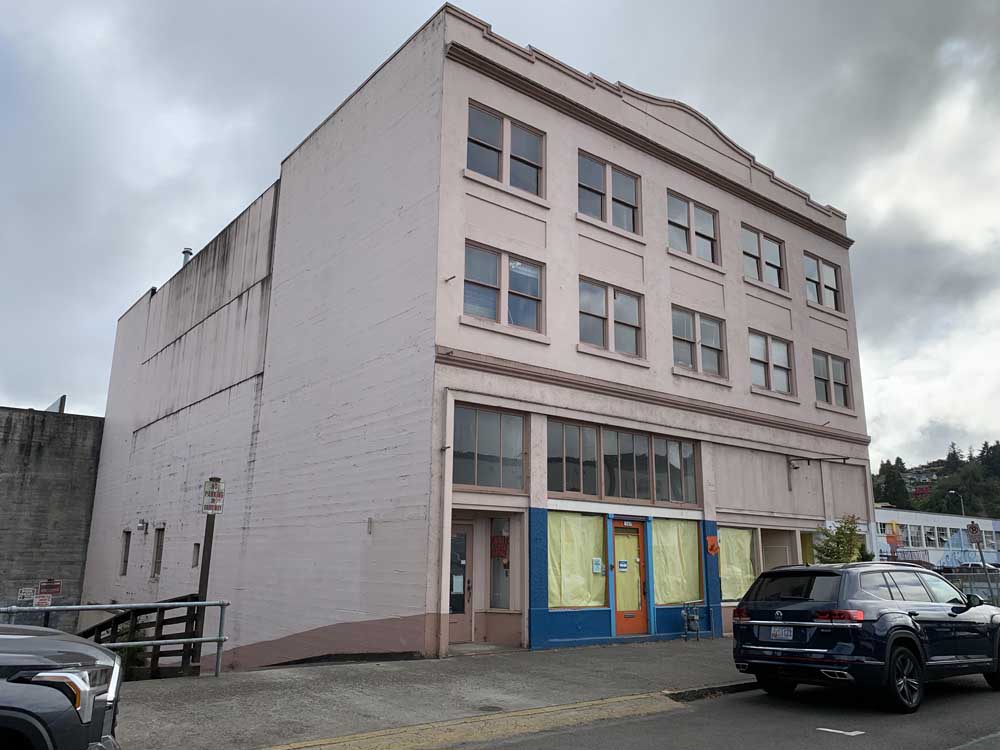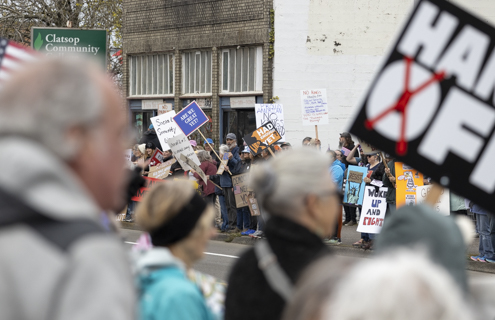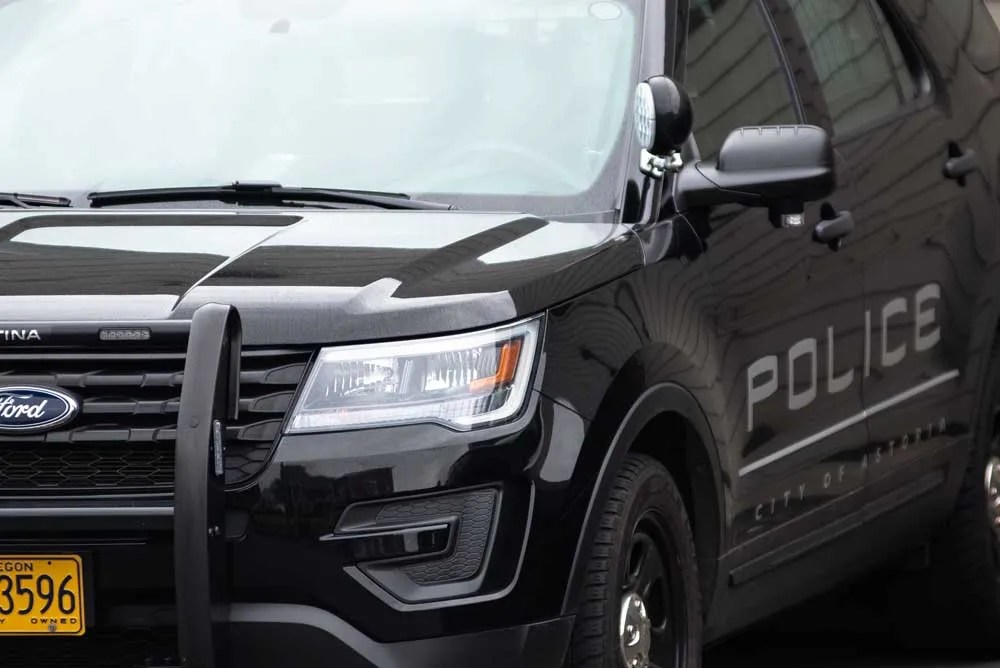Oregon’s bridges at lesser risk of collapse from collisions, officials say
Published 10:47 pm Tuesday, March 26, 2024

- Large ships, like the Coral Princess cruise ship, shown here in 2019, often pass beneath the Astoria Bridge.
Oregon transportation officials say the state’s many bridges are at low risk for a catastrophe like the collapse of a Baltimore bridge Tuesday after a cargo ship collision.
At least six construction workers are missing and presumed dead after a cargo ship lost power and hit a support column for the Francis Scott Key Bridge early Tuesday. The collapse knocked the construction workers, who had been fixing potholes on the bridge, as well as several cars into the Patapsco River below. Two people were rescued from the water and one of them hospitalized.
Oregon officials say such a situation locally would be unlikely, both because of the different structures of most Oregon bridges and because Oregon doesn’t typically see such large ships.
Kevin Glenn, a spokesperson for the Oregon Department of Transportation, said only a handful of the 2,700 bridges that ODOT operates have large ships passing under them at all. Exceptions include Portland’s Interstate Bridge and Fremont Bridge and the Astoria Bridge near the mouth of the Columbia River.
And, Glenn said, it’s rare to see ships in Oregon comparable to the size of the one that struck the Key Bridge.
Only one Oregon bridge, Newport’s Yaquina Bay Bridge, is structurally similar. Like the Key bridge, it is considered a “thru-arch main span” bridge. But the design similarities end there, Glenn said. The Newport bridge is much smaller and not designed to accommodate large shipping vessels.
Glenn also said some of Oregon’s bridges have structures that minimize the risk of collision. The Fremont Bridge, he said, has its supports on land, so there is no risk of a ship collision. The Astoria Bridge has large fenders on its foundation that help protect it from collision. The Baltimore bridge appeared to lack such protections, according to news reports.
Other bridges that can accommodate large ships, such as the St. Johns and the Interstate Bridge, have supports in the water, and neither have significant fenders, Glenn said. But while that would make them more vulnerable to a ship collision than the Astoria or Fremont bridges, Glenn said neither of those bridges see regular ship traffic like that seen in Maryland, both in size and speed of the ship.
The Port of Portland’s container shipping terminal along the Columbia River is west of the Interstate Bridge, so those vessels typically stay downstream. But large cargo does occasionally pass under the bridge, the reason for its lift span.
State engineers will monitor the Baltimore investigation and “apply any relevant discoveries to both the maintenance of our bridges and plans for any future improvements or replacements,” Glenn said in an email.





